October 29, 2025
Data Shows Endangered Palau Ground Doves Swiftly Recovering After Successful Palauan Island Conservation Effort
Astounding evidence of recovery on Ulong Island in Palau after just one year!
Published on
January 14, 2019
Written by
Emily Heber
Photo credit
Emily Heber
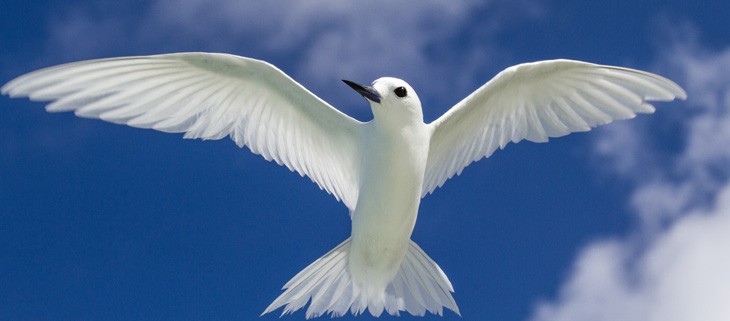
The world is on the verge of the sixth mass extinction and conservationists around the world are doing their part to save species. BBC’s The Inquiry asks four experts including Island Conservation CEO, Karen
Islands make up only 5% of the Earth’s land mass, but they are home to 19% of avian biodiversity and 41% of all highly threatened terrestrial vertebrates. The number one threat that these species face—invasive species. Luckily, conservation can help save these species.
Palmyra Atoll, located about 1,000 miles southwest of Hawai‘i is a perfect example of the damage invasive species can cause and the impact invasive species removal can have on recovery. Invasive rats once covered the island, feeding on seeds, seedlings, seabird eggs, and hatchlings. In 2011 the US Fish and Wildlife Service, The Nature Conservancy, and Island Conservation removed invasive rats from the atoll to protect native species from extinction. Five years later, Island Conservation Scientists, Coral Wolf, detected a 5000% increase in native vegetation recruitment.

Poiani goes on to share stories of recovery on Cabritos Island after the removal of invasive species and the importance of biosecurity on the Galápagos Islands. The question remains, can we stop the sixth mass extinction? We can try. Since humans and our actions are the leading causes of this mass extinction, we certainly are obligated to try and save species. There is hope for many species and saving islands is one way we can help prevent extinctions.
Listen to the full podcast at BBC’s The Inquiry.
Featured photo: A White Tern on Palmyra Atoll. Credit: Abram Fleishman/Island Conservation
Check out other journal entries we think you might be interested in.

October 29, 2025
Astounding evidence of recovery on Ulong Island in Palau after just one year!
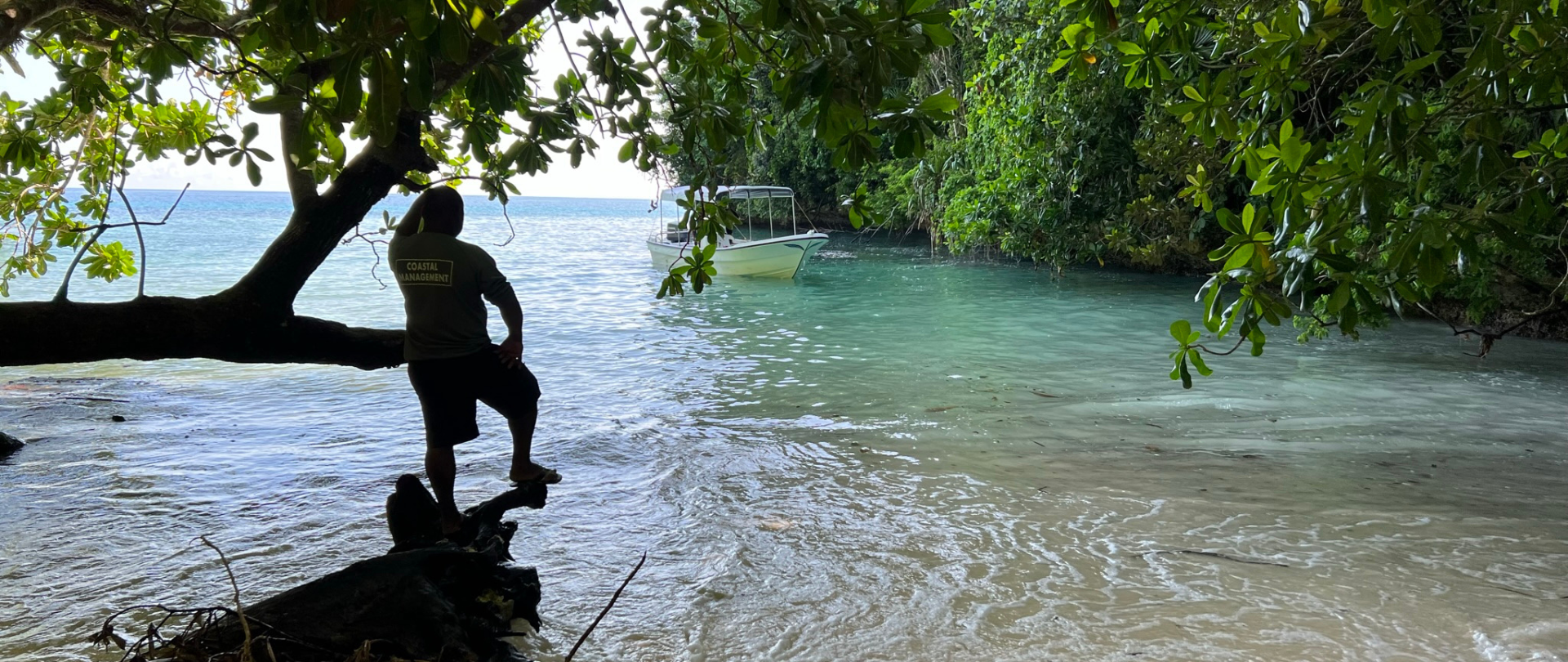
May 19, 2025
Read our position paper on The 3rd United Nations Ocean Conference (UNOC 3) to see why we're attending and what we aim to accomplish!
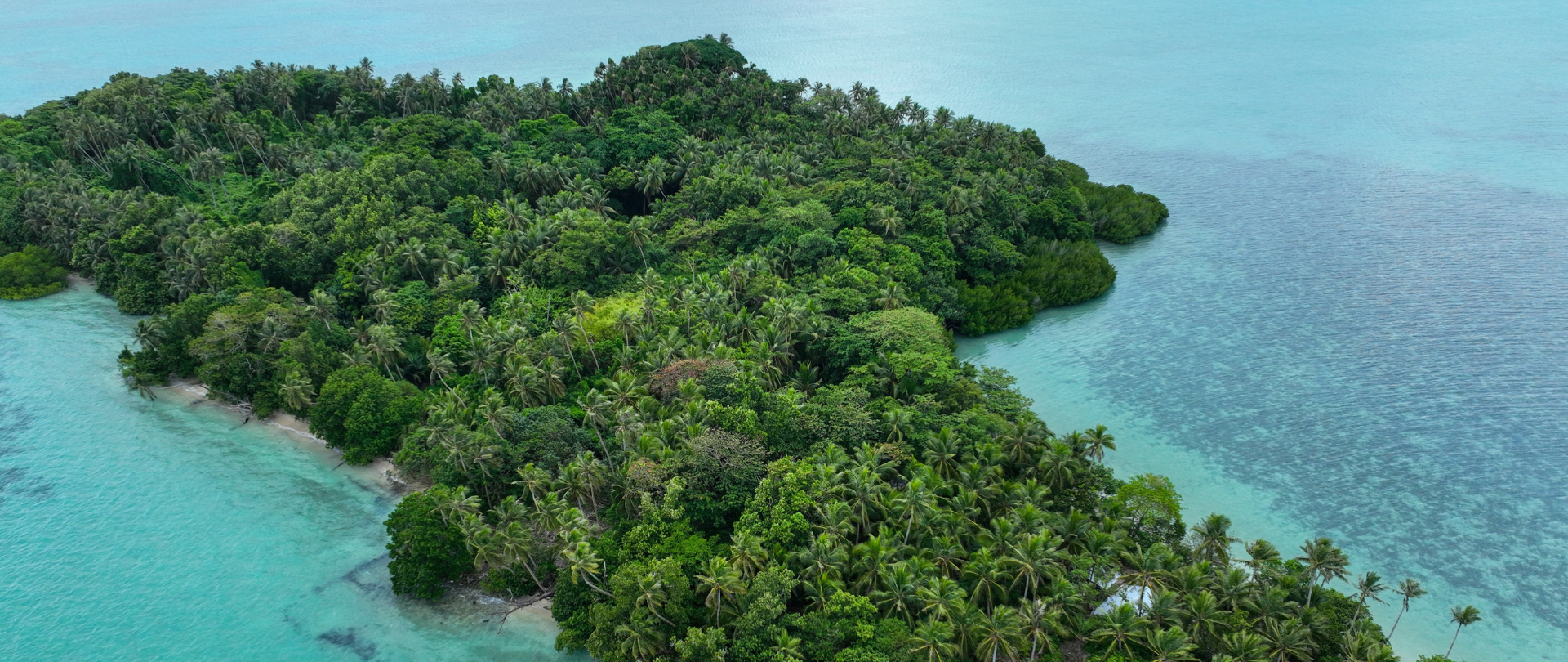
December 4, 2024
Ann Singeo, founder of our partner organization the Ebiil Society, shares her vision for a thriving Palau and a flourishing world of indigenous science!
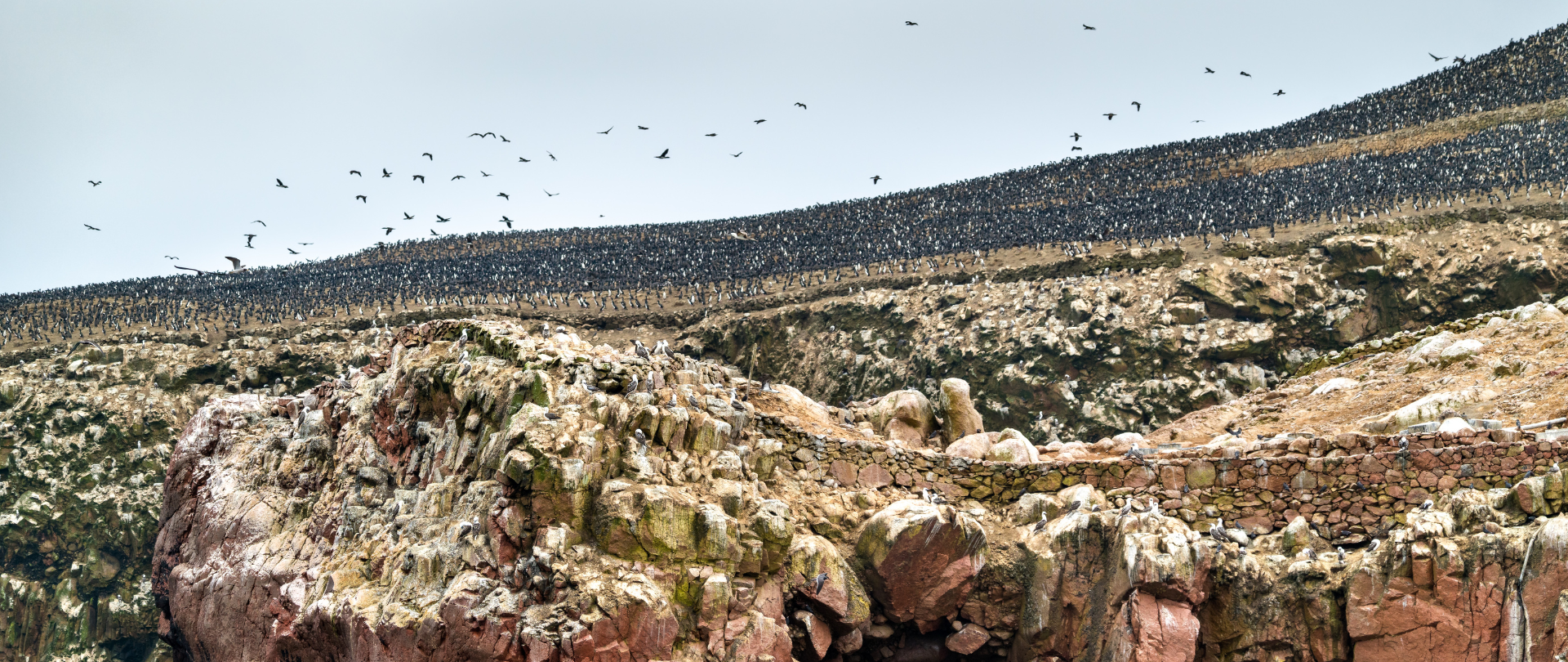
November 22, 2024
This historic agreement aims to protect the marine and coastal areas of the Southeast Pacific.
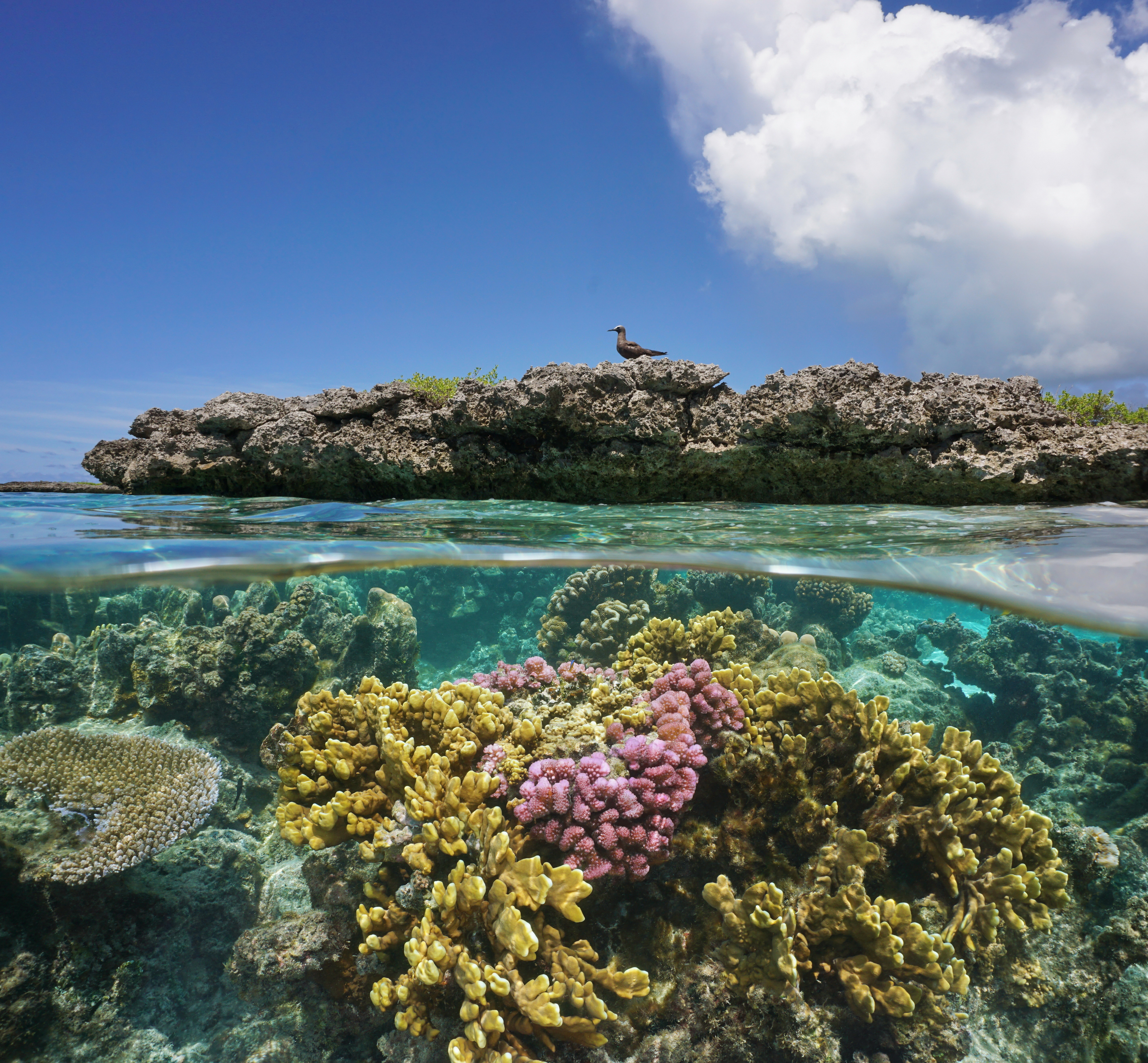
November 18, 2024
Our projects to restore key islets in Nukufetau Atoll forecast climate resilience and community benefits in Tuvalu!
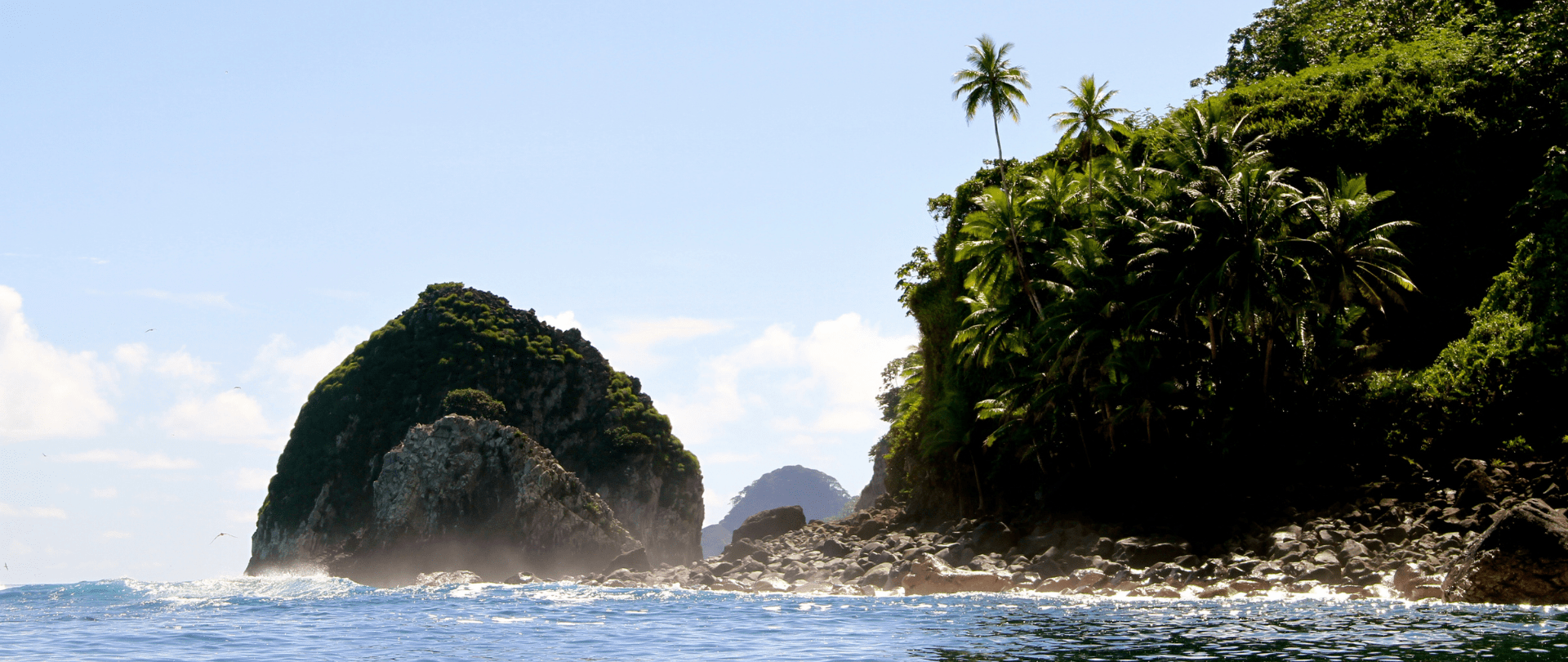
November 5, 2024
Island Conservation attended the 16th meeting of the Conference of the Parties to the Convention on Biological Diversity!
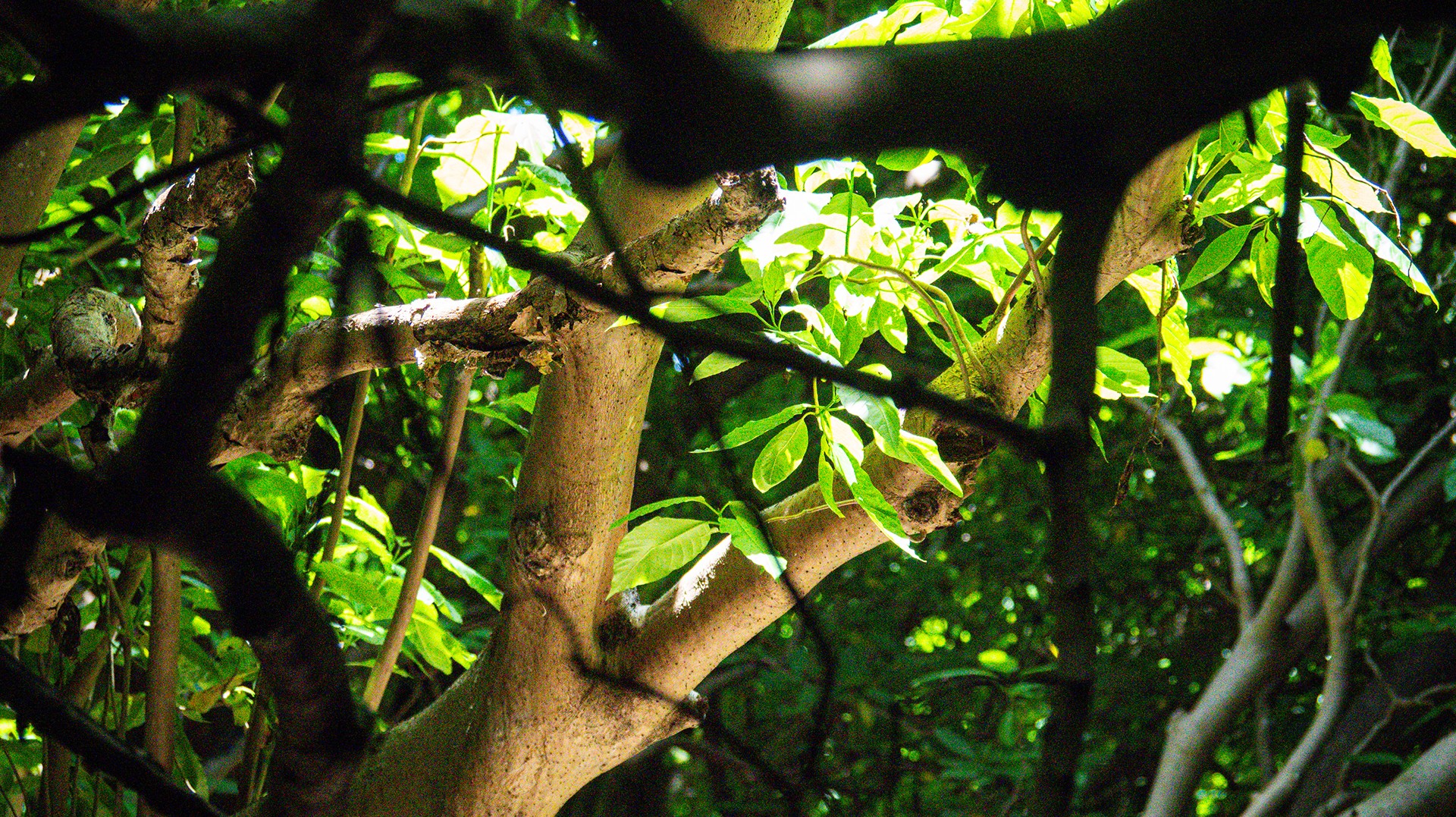
October 3, 2024
Island Conservation and partners have published a new paper quantifying ecosystem resilience on restored islands!
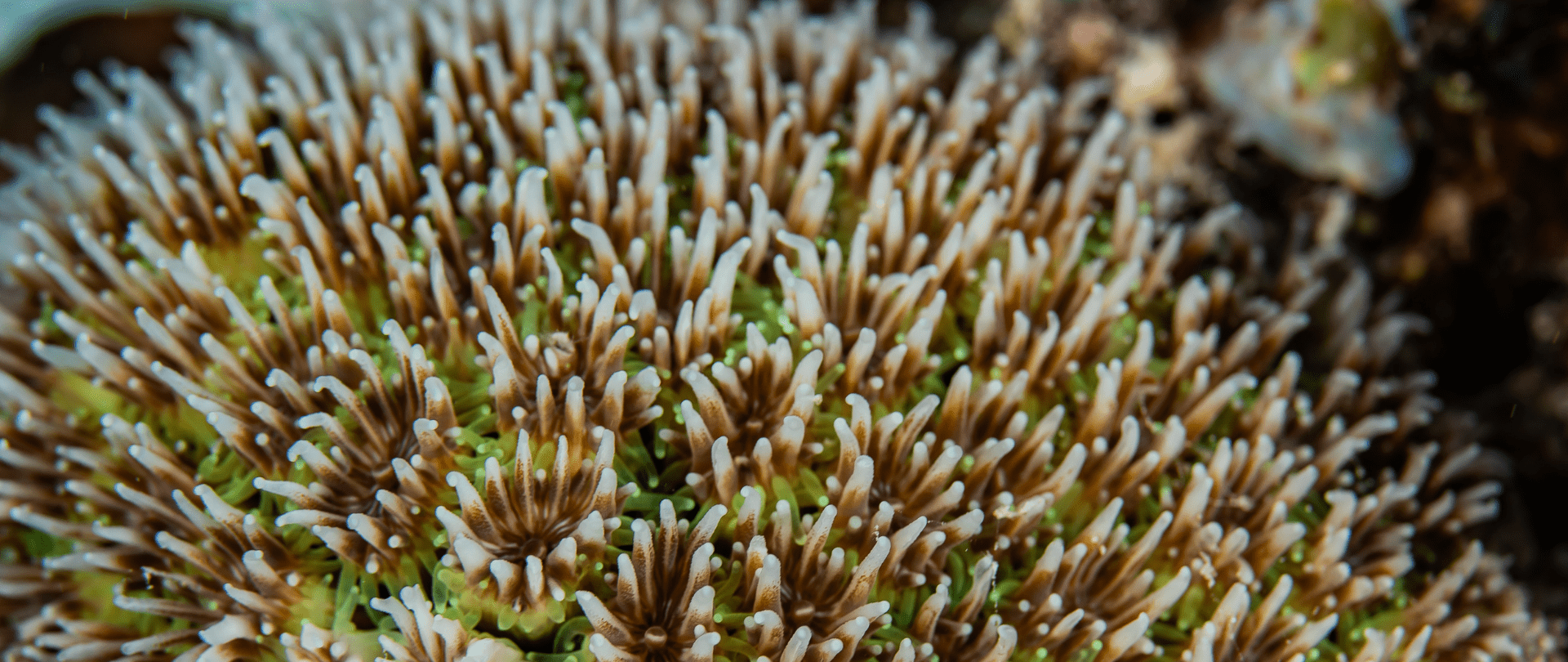
September 10, 2024
Climate Week NYC: what is it and why is it important? Read on to find out why Island Conservation is attending this amazing event!

September 5, 2024
With sea levels on the rise, how are the coastlines of islands transforming? Read on to find out how dynamic islands really are!
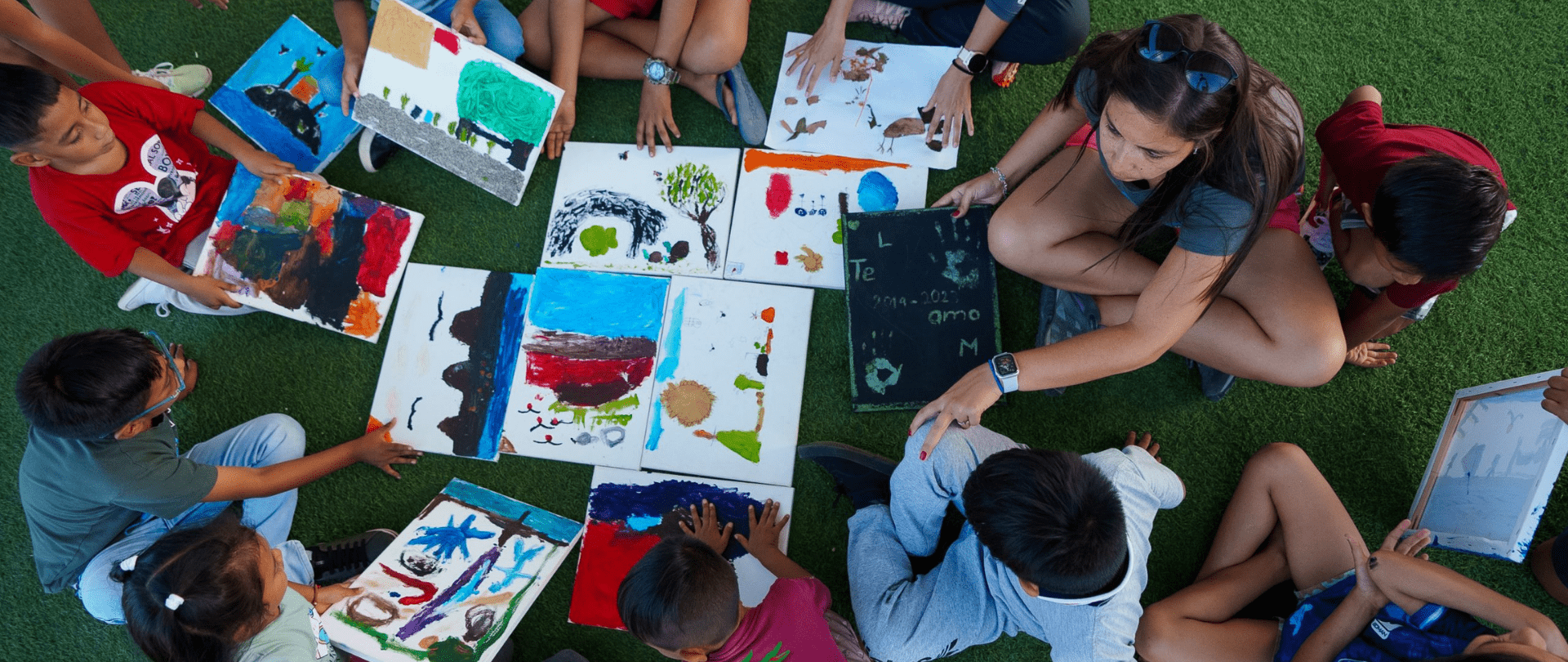
December 14, 2023
Join us in celebrating the most amazing sights from around the world by checking out these fantastic conservation photos!